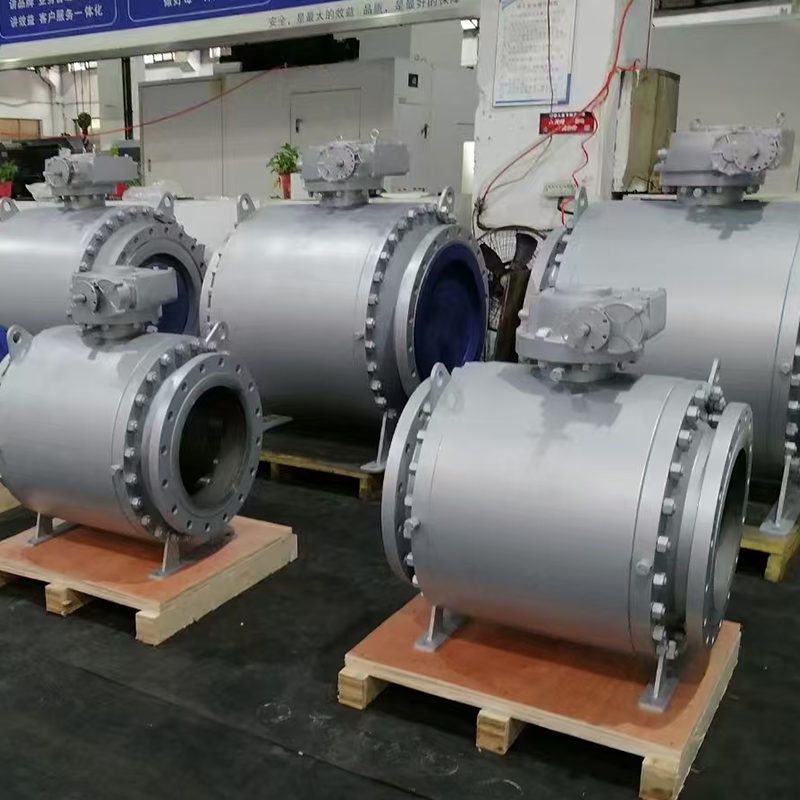
Ball valves play a critical role in controlling the flow of liquids and gases across various industries. Ensuring their leak-proof performance is essential to maintaining system safety, efficiency, and reliability. For this reason, ball valve manufacturers place great emphasis on testing procedures designed to verify the valve’s ability to prevent leaks under different conditions.
Ball valve manufacturers typically implement multiple testing methods during and after production to confirm leak-tightness. The common tests is the pressure test, where the valve is subjected to internal pressure to check for any leakage. This test can be done with air, water, or oil depending on the valve’s intended use. By applying pressure that matches or exceeds the valve’s rated pressure, manufacturers can verify the integrity of seals, seats, and other components.
Another important test is the bubble test, often used in combination with pressure testing. In this method, the valve is submerged in water or a soap solution while pressurized air is introduced. The appearance of bubbles indicates leakage points. This visual inspection allows manufacturers to quickly identify and address potential weak spots in the valve construction.

Ball valve manufacturers also conduct seat leakage tests to ensure the valve fully seals when closed. During this test, the valve is closed and pressure is applied on the upstream side. The amount of leakage passing through the seat is measured and compared to industry standards. A valve that passes this test ensures that fluid flow can be completely stopped without seepage.
In addition to these standard tests, shell testing is performed to evaluate the strength and leak-proof capability of the valve body itself. This test involves pressurizing the valve shell to a higher level than normal operating pressure to check for structural integrity and leaks. Passing the shell test guarantees that the valve body can safely withstand operational stresses.
Advanced ball valve manufacturers may also use helium leak detection or vacuum testing for more sensitive applications. Helium testing is especially useful when detecting extremely small leaks that other methods might miss. This technique involves exposing the valve to helium gas and using a detector to identify any escaping gas, indicating leakage points.
Proper testing is only part of the process. Ball valve manufacturers must also ensure that their production materials and assembly methods contribute to leak-proof performance. High-quality seals, precise machining, and consistent assembly practices all play a role in reducing the risk of leaks.
Manufacturers typically follow recognized industry standards such as API, ISO, and ANSI for testing procedures and acceptance criteria. These standards help maintain consistency and reliability across different valve models and applications.
Ball valve manufacturers use a range of testing methods to confirm leak-proof performance. From pressure and bubble tests to seat leakage and shell integrity assessments, each step helps identify and address potential leaks before the valve reaches customers. Choosing valves from manufacturers with rigorous testing processes can provide confidence that the valve will perform as expected, maintaining safety and efficiency in its intended application.

